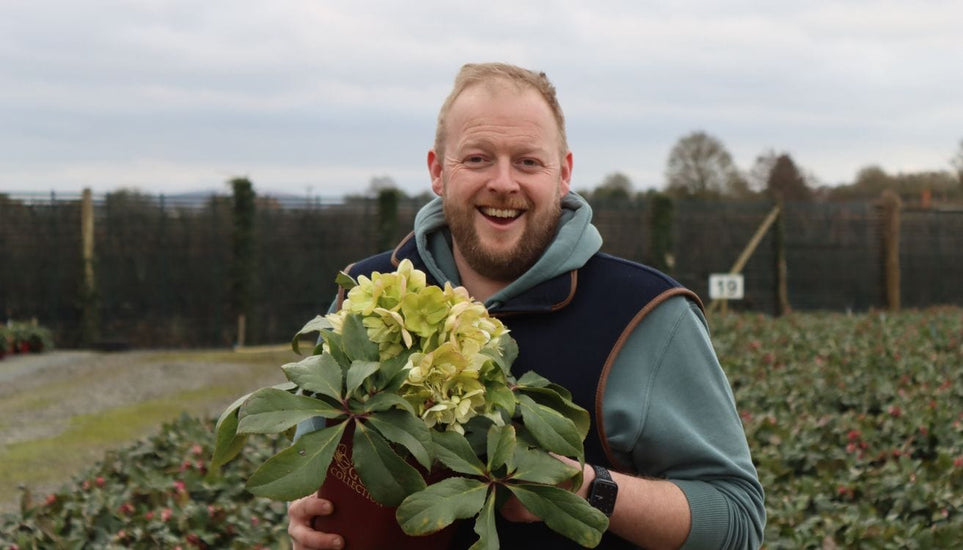Penstemons
Adored by the Victorians, penstemons have recently had a well-deserved revival. These vibrant perennials will bring a splash of colour to any garden with their strong, upright stems covered in delicate, bell-shaped flowers. Plant them in the centre of a cottage garden border or give them star billing in your patio pots. Our growers are big fans, with new varieties being trialled every time we visit the nursery! Which one will you add to your collection next?
Need help picking?Sort and filter
Hereford
Meet Jack
Perennials born in Herefordshire, blooming in your garden
Our perennials start life in the rolling Herefordshire hills, where Jack and his team trial over 250 new varieties each year to bring you the best performing and most sustainable plants in the UK. With over forty years of excellence, it’s no surprise that they’ve won the HTA Plant Grower of the Year award two years running.
Need help picking?
Penstemon FAQs
When is the best time to plant penstemons in the UK?
The best time to plant penstemons is in spring or early summer, after the risk of frost has passed. This gives the plants a good long growing season to establish themselves before winter.
Where should I plant penstemons in my garden?
Penstemons will flower best in a sunny spot with well-drained soil, but partial shade is also fine.
How do I care for penstemon plants?
Water your penstemons regularly, especially in hot and dry weather, but avoid waterlogging. Mulch around your plants in autumn or when you plant them, to keep weeds down and keep the soil moist, then once your plants are well established, cut back the old foliage in early spring to encourage new growth. You can also divide any overcrowded clumps after a few years, and plant your new clumps in other places. Your penstemons will also bloom for longer if you deadhead the faded flowers regularly.
Can I grow penstemon plants in containers?
Penstemons are ideal container plants. Choose large pots with good drainage holes in the bottom, filled with good quality compost and placed in a sunny position.
Do penstemon plants need winter protection?
Penstemons are fully hardy in the UK and will be fine throughout the winter, but young plants will benefit from a layer of insulating mulch around them in colder areas.
How do I propagate penstemon plants?
Division can be done in spring or autumn, by digging up your penstemon clump, splitting it into smaller sections with roots and replanting each one in a new place. You can also collect seeds from your plants after they’ve flowered, or take cuttings in late spring or early summer.








